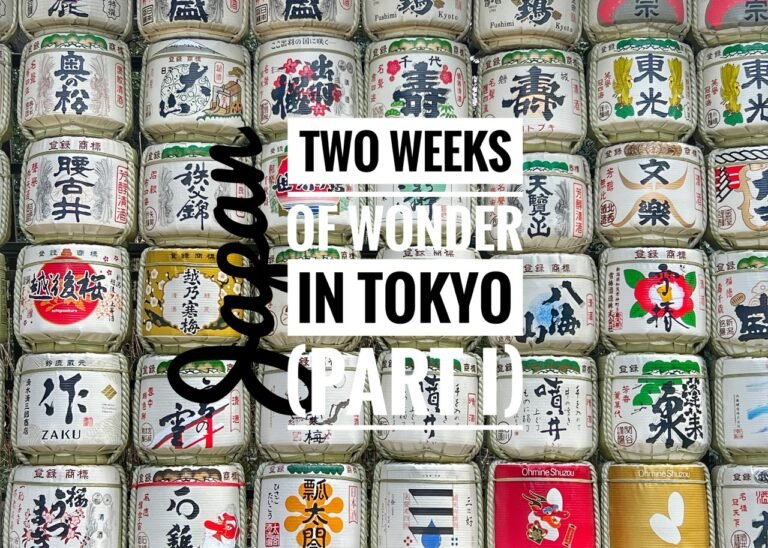
Widely believed to be the oldest continuously inhabited city in South America, Ecuador’s capital (population 2 million) sits high in the Andean foothills at an altitude of 2,850 meters (9350 feet) and was constructed on the site of an ancient Incan city. It is well-known for its preserved colonial center, which was designated an UNESCO Cultural Heritage City in 1978…(along with Krakow)…the very first in the world.




When we arrived, we settled into our ninth floor Airbnb apartment for $24/night which featured a phenomenal city view, security guard, fully equipped kitchen, ample places to sit and workout, two bedrooms and a very considerate welcome basket. The only thing missing was a washing machine, but we were able to take five kilos of laundry around the corner for $5 with no problems.

As we often do in new cities, we took advantage of a GuruWalks free walking tour to acclimate us to the surroundings, which in many ways immediately reminded us of Bogota.



Like in so many Latin American cities, the street art is captivating.

We met Renato, our guide in front of us the Basílica del Voto Nacional. This Román Catholic Church is the largest of its kind (Neo-Gothic) in the Americas. We noticed it had a lot of structural similarities to the Milan Cathedral. It was begun in 1884 and is still technically “unfinished.” A local legend says that when the basilica is completed, the end of the world will come, so no wonder they’ve slacked on it.

You might notice that the typical creepy Euro gargoyles that normally adorn the facades of churches have been replaced by other creatures endemic to Ecuador, including iguanas, tortoises, armadillos and condors. Meant to be a gift to Latin America, it also has various countries within South America listed on the exterior.

Built in 1581 the Iglesia de Santa Bárbara has a rich and unique history. It is a convent dedicated to Carmelite nuns. The guide said all you have to do to be a nun is divorce your husband, walk in, (probably ask forgiveness) and ask for a spot. Um. No. 🤣

The Palace of the Ancient Military is the former Ecuadorian Army officers’ club. The facility now serves as a museum and venue for social events.



It has a very opulent interior and feels like you’re stepping into France. In fact, all the furnishings came from there, including the hand laid floor made from tiny little pieces puzzled together wood.

After this, our guide took us into the super touristy Republic del Cacao chocolate shop. You could tell based on the prices although they indeed looked mouth watering.


Ecuador is recognized as the global leader in cacao production, producing over 60% of the world’s chocolate. So, of course, we then choked down a nine “course” complimentary chocolate tasting. And some of the most delicious 75% cacao Amazonian chocolate ice cream complete with a chocolate dipped waffle cone for $2.25.

The interior of archbishop’s palace.

The Plaza de La Independencia is the main square of the capital, political and historical center of Ecuador, and symbolic seat of the president of Ecuador. And although Ecuador had been in the news lately due to the president’s impeachment vote, we never saw any type of political upheaval.


Carondelet Palace, the seat of the Ecuadorian government, and a bunch of wild protesting nuns.

Another view of the main square.



Inside the Church of the Society of Jesus. Sounds like a badass club to be in.

We really think they need a few more churches here! At Francis church in the Plaza de San Francisco.

What a gorgeous view!

Sitting atop the hill overlooking Quito one can find The Virgin of El Panecillo. With a total height of 135 feet (41 meters) including the base, it is the highest statue in Ecuador and one of the highest in South America (taller than the Christ the Redeemer statue in Rio de Janeiro.) (Wikipedia). Our guide warned us to not walk up the hill because unfortunately this hillside has been known for criminal activity. It’s completely fine to take a cab to the top, but we decided to hold out for lesser tall South American statues.


Other pops of life throughout Quito.

An emblematic and vibrant street affectionately known as La Ronda. According to Culture Trip this street summarizes the city’s identity through Spanish colonial architecture, music, art, and food.

It was a bit overpriced, however, so after our walking tour we instead decided to check out one of the local markets where we had a soup, fish ceviche, rice and juice for $2.25 each. Oh and popcorn. Because it’s a sin to not include popcorn with ceviche in Ecuador.

A bigger sin would be to eat here, however. But we have to admit, we appreciated their effort to make a cafe atmosphere in their parking lot. 🤣
Mitad del Mundo (Middle of the World)

After all these years of travel, we made it to the point where we could straddle between two hemispheres at LATITUDE: 0°0’0”. Although the equator stretches all around the Earth, passing through approximately 79% water and 21% land (14 countries), perhaps nowhere celebrates it quite like the country bearing the same name. It was our first step onto the legendary line although the “real” location is actually about 200 meters north.
The equator is located in Mitad del Mundo, (Middle of the World, imagine that?) which is 32k north of Quito. From Quito it is very easy to access, and if you take the public bus, you can also do it for very cheap. $1.90 for two of us round trip for a 1.5 hour journey (each way so yes, in this case, time is a trade off for money).
We can’t decide if we like the north or south more. We’ll take both! By the way, some might be surprised we’re in long sleeves. Even though it’s at the equator, Ecuador’s high Andean altitude makes the country’s location even more unique. Most days are around 20 Celsius or upper 60’s Fahrenheit.

To see this official monument, we were surprised to learn you had to enter a very touristy mini theme park which cost $5/each. But alas, it was our first (maybe last?) time on the famous line so might as well join the hoards and plop down the cash. The current “Middle of the World” monument was built in the late 20th century to commemorate the first Geodesic Mission of the French Academy of Sciences, which brought French scientists (and some Spanish naval officers) to determine the equatorial line in 1736. (Source: Community Adventures Ecuador)

Places on the equator are the only places you can see the stars in both hemispheres.

Today’s monument is a 30-meter tower with a giant globe teetered on top. Naturally, you can climb to the top so you view the infamous yellow line, North/South directionals and the clusters of people struggling to take the perfect unobstructed photos in both hemispheres.

Little did they know that if you smartly meander to the “west” side of the tower, no one is there….



…and you are free to do, whatever ridiculous kooky thing…you want. 🤣

The museum inside the tour showcases photos of the first tower, significantly smaller, built in 1936.

The “east” side. 🤣

Fun hummingbird benches flutter everywhere.



In addition to the monument itself, the park featured a toy train, a beer museum, and lots of places to play and eat.


Speaking of, both of these guys clearly had too much to drink.



Another cool thing happened at the equator…we unexpectedly stumbled across a parade! Love when this happens. The costumes, the instruments, the smiles and the energy were so dazzling!
This particular parade, was for the Battle of Pichincha Day, which is of particular importance to Ecuadorians. It was a small but highly significant battle that freed colonies from Spanish rule in 1822. Indeed that sounds like a good reason to party!


After going to the fake equator, of course we had to scout out the real one. So we followed Mapy, walked through a park, and stood on the equator. No surprise, it wasn’t as exhilarating. 🤣
Meeting New Friends along the Way
By the time we’d wrapped our two weeks in Quito, we must admit, we were ready to go! The city was not for us. We spent most of it having some downtime and doing regular things like one-too-many dental appointments, taking some Spanish lessons, and having meet ups with new friends!



Mandy and Erin, who we had previously met up with Cuenca and crossed paths with again! We all have connections to Portland and very similar interests! They met for a drink at Cafe Mosaic, which also had a phenomenal view of the gorgeous historic center of Quito. It was here Mandy also tried her first Canelazo, a hot spiced cinnamon rum drink for $4. Pretty tasty!

We met Nasim at a delicious vegetarian/vegan restaurant called El Maple, which we highly recommend. Nasim, an American-Iranian from Houston, just joined our page because she was planning her three month jaunt to Ecuador. It was quite serendipitous that we ended up in the same place at the same time because we completely hit it off. We hope to cross paths with her again and again!

Mandy met Karelis, born and raised in Quito, although her parents are Colombian, through a Facebook group she loves called “Host a Sister.” This group allows you to meet locals for meet-ups or stays. Such a great resource!

In a less fun visit…it’s never fun to be told, especially in Spanish, that you need seven (!) fillings, but we’re happy to be in a country with outstanding and affordable dental care. This kind and welcoming team at Top Dental Quito did a fantastic job and the final cost was $190. ![]()
![]()



